While landed cost may seem complex, understanding how it impacts your wholesale business is crucial for success. Landed cost is the total cost incurred by a company for acquiring and importing goods from a supplier. Understanding this process is essential for companies to accurately calculate and track this cost, as it affects the final price of a product and ultimately impacts profitability.
This guide will discuss the significance of landed costs for wholesale businesses and how these costs can affect their bottom lines.
Landed cost definition
Landed cost is the entire cost of importing or exporting a product into a country. It includes not only the price paid for the goods themselves but also any associated expenses such as shipping fees, customs duties, taxes, and insurance.
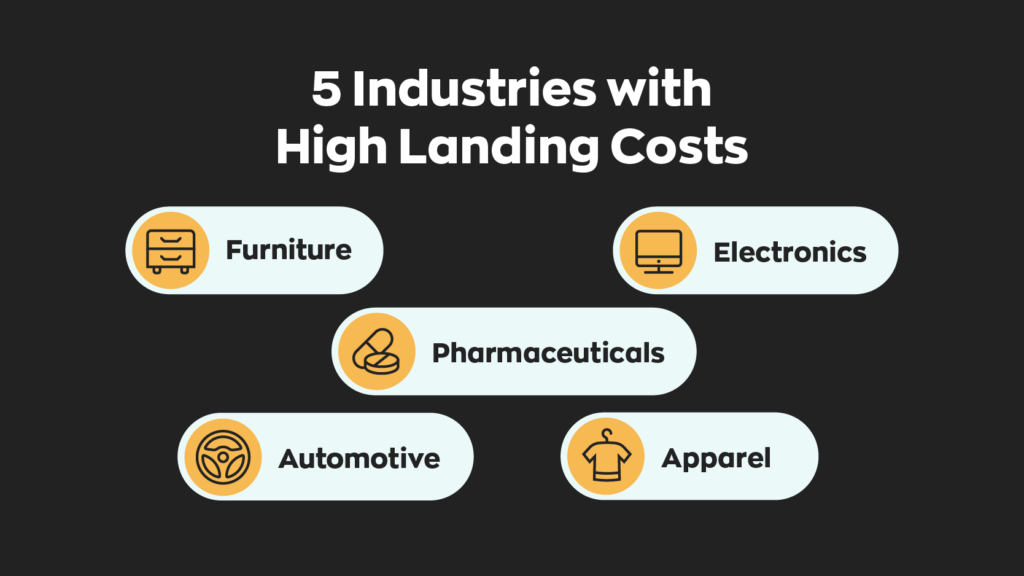
For example, if you import a shipment of clothing from China at $10 per unit and pay an additional $2 per unit in shipping costs and $1 per unit in customs duties, your landed cost for each unit would be $13. This means you must sell each unit for more than $13 to make a profit. Without accurately calculating and tracking landed costs, you may end up selling your products at a loss or not factoring in all the necessary expenses.
Why is landed cost important?
Accurately estimating landed costs gives your business a clear insight into its actual product expenses. This information is crucial for setting prices, negotiating with suppliers, and making informed decisions about which products are profitable. With the rise of global trade and complex supply chains, properly tracking fees has become even more critical for businesses to remain competitive.
Additionally, knowing the landed cost of a product can help your company avoid potential financial failures or surprises. If you don’t factor in all aspects of landed cost when setting prices, you may sell products at a loss. On the other hand, if your company knows all expenditures, it can make informed decisions about which products to source and which suppliers to work with.
How to calculate landed cost
What you include when calculating landing costs may vary slightly depending on your business. However, five data points most commonly play a role: unit cost, shipping, risk, customs, and processing. Here’s a general breakdown of what these costs entail:
- Unit cost: Unit cost is the per-unit acquisition cost. For a manufacturer, this would mean the total cost to produce a unit; for everyone else, it would be the price you pay your suppliers. The unit cost should also factor in carrying costs.
- Shipping: This is the cost to pack and ship a product. It will generally be the lion’s share of your landed cost. Shipping at a business level is expensive; the more you ship, the higher the fees.
- Risk: This generally refers to risk protection, as businesses typically pay insurance on their inventory. There are other, less clear factors, however. Risk factors like returns, theft, and damaged goods also fall into this category.
- Customs: Any fees your business incurs moving products across borders will fall into the customs category. Customs fees will have the most significant impact on companies who source their inventory overseas.
- Processing: When you purchase as a consumer, there are fees associated with the payment process. Businesses generally factor in these fees when deciding on a selling price. However, B2B payment processing fees are often calculated separately since they depend heavily on order size.
These costs can be calculated manually, or businesses can use inventory management software to track and calculate landed costs automatically.
Landed cost formula
To calculate landed cost, use the following formula:
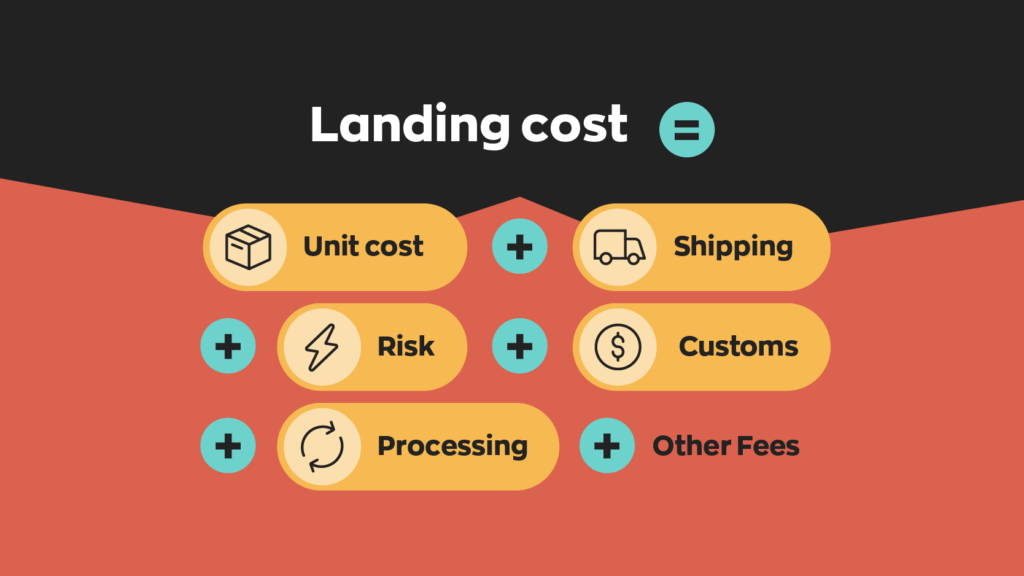
Utilizing this formula will give your business a comprehensive understanding of its landed costs and allow you to make informed pricing and sourcing decisions.
How can you lower your costs?
It’s not always possible to eliminate your landed costs, but it is possible to lower them. Generally speaking, it’s in your best interests to do so. The lower your landed cost, the greater your profit margin.
Some of these costs are flexible, and others are incredibly rigid. Learning every policy might be a bit much, but sometimes, there are legal ways to pay less. Outside of that, here are a few ways to lower your landed cost.
Reduce shipping costs
Shipping costs are often the most significant factor in landed costs, so reducing these fees can significantly impact your bottom line. Consider negotiating shipping rates with carriers or exploring alternative shipping options, such as using a freight forwarder.
Explore sourcing options
Sourcing products from different suppliers or countries may offer lower unit costs or customs fees. Research and compare different sourcing options to find the most cost-effective solution for your business. Keep in mind that lower costs should not come at the expense of product quality.
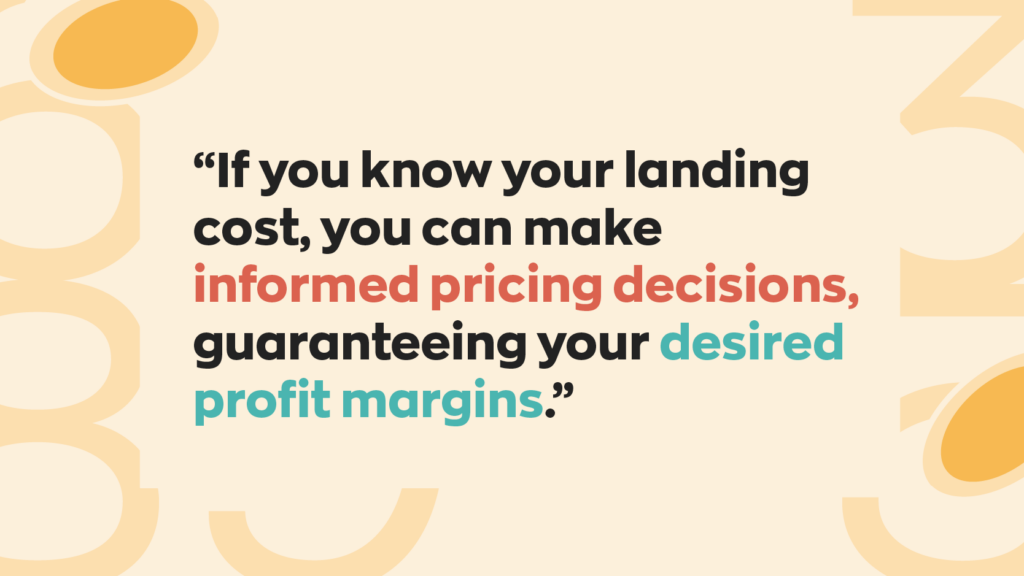
Read up on legislation
The law isn’t always flexible, but there are a lot of exceptions when it comes to international trade. Shipments under a particular valuation may be exempt from customs fees, and other product categories may incur more. Whatever the case, it’s essential to know what laws apply. If not, you could pay much more than you need to.
Track your landed cost with software
Calculating landed costs can be tricky. It requires a lot of information from different areas, and some of it is very hard to track. Businesses that use the right software equip themselves with the necessary tools to make calculating landed costs simple. For example, companies using inFlows’ reputable inventory management software can quickly determine landed costs.
inFlow allows you to set different costing methods, such as moving average, FIFO, or LIFO. It considers things such as vendor unit price, shipping/freight fees, non-vendor costs, service fees, and even the cost of components. And this is just the tip of the iceberg regarding inFlow’s functionality. It has everything you need in a complete inventory management system, including reorder points, robust reporting features, and a built-in barcoding system.
With the right tools and knowledge, your business can accurately calculate landed costs and make informed decisions about pricing, sourcing, and inventory management. This is a critical aspect of running a successful business, and it should not be overlooked or underestimated.



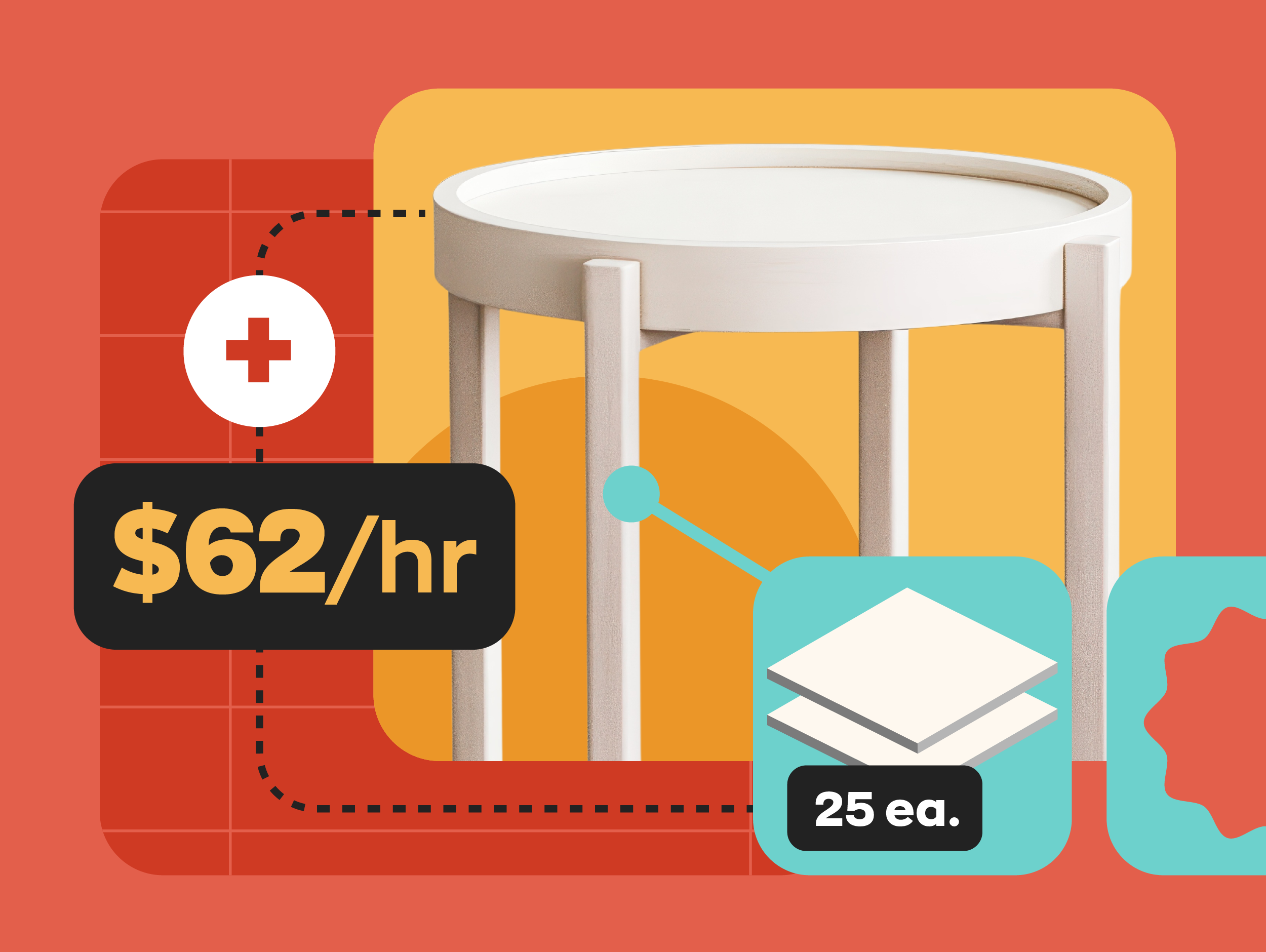

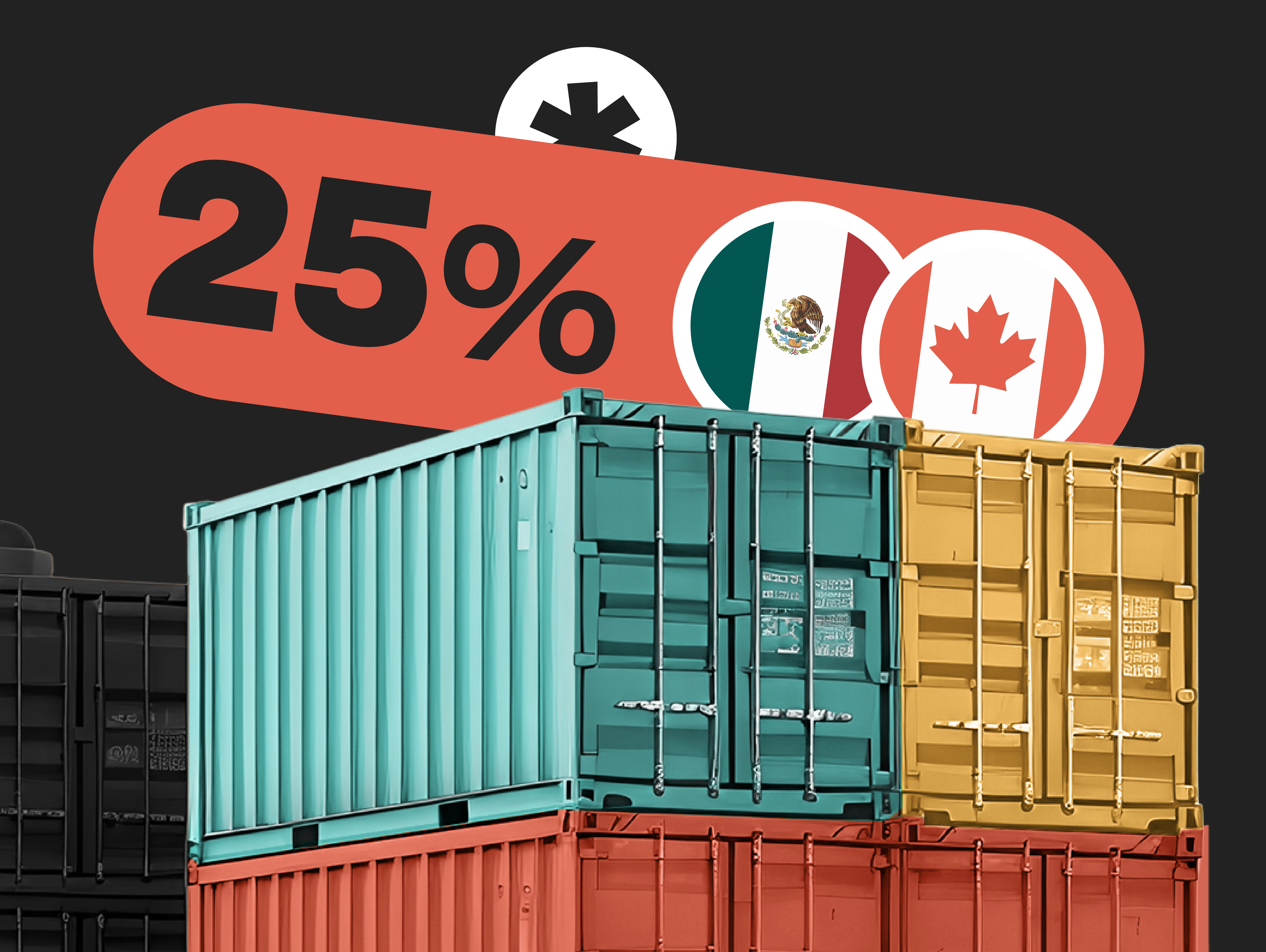
0 Comments